Roseola Infantil Leve

Roseola Instagram Posts Photos And Videos Picuki Com
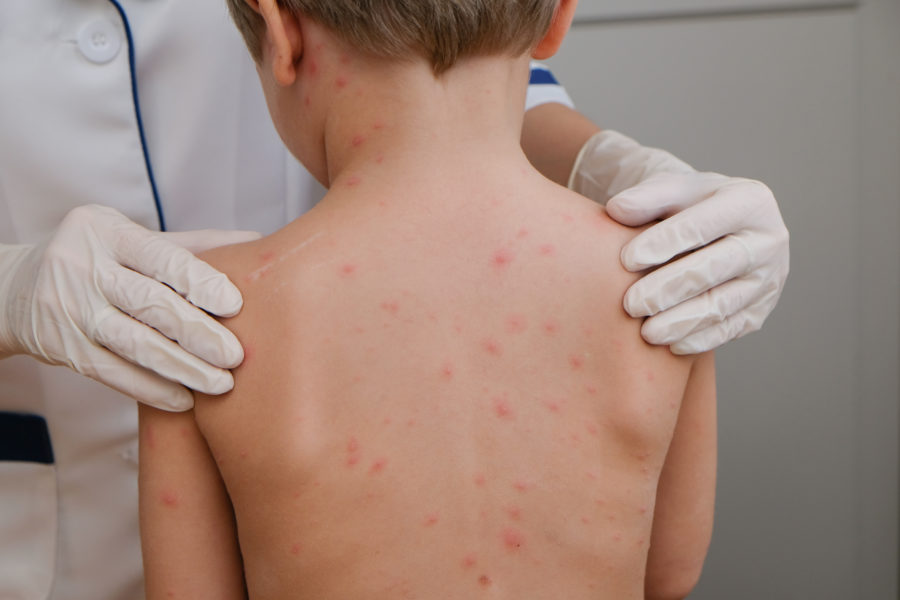
Exantema Guia Para Decifrar As Manchas Vermelhas No Corpo Da Crianca
/s3.amazonaws.com/arc-wordpress-client-uploads/infobae-wp/wp-content/uploads/2018/02/05175953/PTM-Eruptivas-1.jpg)
Escarlatina Sarampion Y Varicela Las Eruptivas Mas Comunes En Bebes Y Chicos Infobae
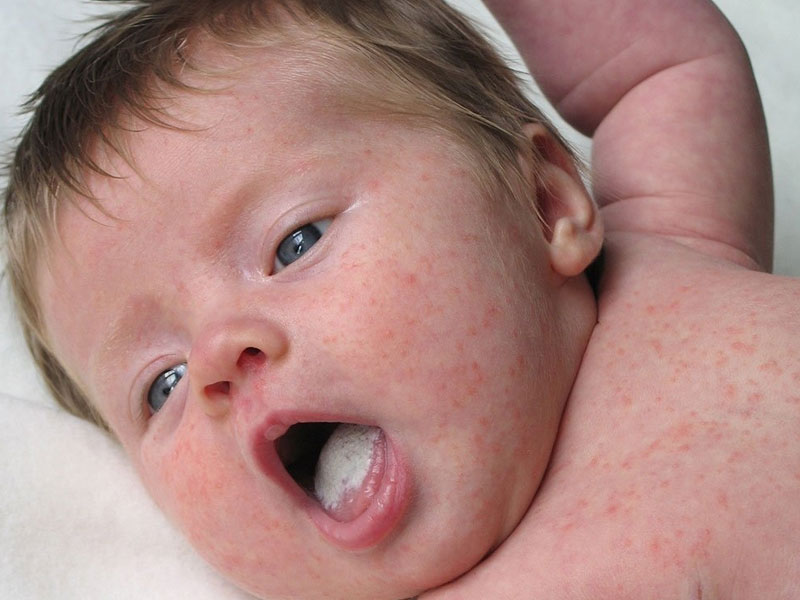
Roseola En Bebes Privilegio Salud

Robles Pediatric S Hola Buen Dia Amiga O Te Platico Sobre La Roseola Ojo Hemos Visto Muchos Casos De Roseola En Estos Dias Aqui Te Decimos De Que Trata La Roseola Infantil

Tratamiento De La Roseola Y Prevencion
A child may not have any symptoms for 515 days after getting the virus that causes roseola When symptoms do appear, the first thing you’ll notice is a sudden, high fever (over 103 F) that.
Roseola infantil leve. The symptoms of roseola include a high fever that lasts for three to five days A runny nose. Roseola Facts Spanish August 18 Notifique su proveedor de cuidado infantil o La roséola es una infección viral infantil La roséola es generalmente una infección leve que usualmente afecta a los infantes y niños menores de 4 años Es muy común y la mayoría de niños han contraído esta infección para cuando. Roseola infantum, more often referred to simply as roseola, is one of the very common mild viral illnesses that can cause a temperature and rash in babies and young children (aged between six months and three years).
Exanthema Subitum () Definition (MSH) An acute, shortlived, viral disease of infants and young children characterized by a high fever at onset that drops to normal after 34 days and the concomitant appearance of a macular or maculopapular rash that appears first on the trunk and then spreads to other areas. Roseola is a mild viral illness most commonly of young children Roseola is a common viral infection Roseola is also termed sixth disease, roseola infantum, and exanthema subitum A sudden high fever that lasts for three to five days is an early feature of roseola Mild nasal congestion and loose stools may accompany the fever. Roseola, also known as sixth disease, is an infectious disease caused by certain types of virus Most infections occur before the age of three Symptoms vary from absent to the classic presentation of a fever of rapid onset followed by a rash.
The classic presentation of roseola infantum is a 9 to 12monthold infant who acutely develops a high fever and often a febrile seizure After 3 days, a rapid defervescence occurs, and a. Roseola, also known as roseola infantum, is a contagious disease that mainly affects babies and children from the ages of 3 months to 2 years, causing symptoms such as sudden high fever, which can go up to 40 ºC, decreased appetite, and irritability which can last about 3 to 4 days followed by small pink patches on the child's skin, especially on the torso, neck, and arms, that may or may. Roseola Infantum Introduction Sixth Disease, also known as "roseola infantum" is an acute infectious disorder of infants or very young children Characterized by high fever and the appearance of a red skin rash, this disorder may resemble rubella after the fever has disappeared.
Once she is diagnosed as having roseola, don’t let her play with other children until her fever subsides Once her fever is gone for twentyfour hours, even if the rash has appeared, your child can return to child care or preschool, and resume normal contact with other children. Roseola infantum, or sixth disease, causes a high fever, cold symptoms and sometimes a rash on the stomach The human herpesvirus (HHV) type 6 causes this contagious illness that mostly affects infants and toddlers Adults are often immune after having the illness during childhood The virus goes away in about a week without treatment. Erythema Infantum (Roseola) Caused by human herpesvirus 6 and 7;.
Roseola on baby's torso DermNet / CC BYNCND Owner Experts believe roseola can be caused by one of two viruses—the human herpesvirus 6 (HHV6) or human herpesvirus 7 (HHV These bugs can bring on the same kinds of symptoms kids get from other infections, such as a runny nose, cough, swollen glands, irritability, and diarrheaInfants who get roseola sometimes have a bulging fontanel. The most common symptoms of roseola are a sudden, high fever followed by a skin rash A fever is considered high if your child’s temperature is between 102 and 105°F (3405°C). Roseola (Roseola infantum) is a mild infection that more often strikes babies by the age of two Roseola is common to the point that most kids have been infected with Roseola when they enter kindergarten and Roseola in pregnancy also.
It is usually caused by human herpesvirus (HHV)6B and occasionally by HHV7 Roseola is usually characterized by 3 to 5 days of fever followed by onset of a morbilliform rash that appears with resolution of fever The lesions are discrete 3. Roseola is a common childhood disease The cause is primary infection with human herpesvirus 6 (HHV6) The classic presentation of roseola infantum is a 9 to 12monthold infant who acutely develops a high fever and often a febrile seizure After 3 days, a rapid defervescence occurs, and a morbilliform rash appears (see the image below). Roseola infantum diagnosis may be confirmed by virus isolation, seroconversion (immunoglobulin M), or detection of viral DNA sequences in peripheral blood mononuclear cells Specific antibodies to differentiate human herpesvirus (HHV)–6A and HHV6B can be determined using a serological assay based on immunoblot analysis using recombinant HHV.
Description Roseola Infantum , also called sixth disease , exanthem subitum or pseudorubella , is a contagious viral illness that causes a high fever and a rash, most often in children younger than 2 years oldRoseola tends to spread in crowded places, like malls and daycare centres, and outbreaks are especially common during the spring and early summer months in northern climates. Roseola is a common and generally mild viral infection that typically affects babies and toddlers It’s sometimes called sixth disease, exanthem subitum, or roseola infantum, and it’s usually not something you need to worry too much about because it typically resolves by itself within a week or so. Roseola is a fairly mild and common viral illness that usually strikes children between 6 months and 3 years of age It's caused by a kind of herpes virus, although not the type that's sexually transmitted.
The rash will eventually resolve on its own, and the child will return to his or her normal activity level During the peak of the roseola fever and rash, the child may become extremely restless and irritable, and parents may want to keep a variety of distractions around to keep the child occupied, such as games, toys, and books which the parents can read aloud to the child. Roseola infantum is a common disease of childhood caused by a primary infection with human herpesvirus 6 (HHV6) and less frequently, by human herpesvirus 7 (HHV7) This disease, also known as exanthema subitum and sixth disease, presents in children ages six to 12 months with 90% of cases occurring in children younger than two years. Roseola is a generally mild infection that usually affects children by age 2 It occasionally affects adults Roseola is so common that most children have been infected with roseola by the time they enter kindergarten Two common strains of the herpes virus cause roseola The condition typically causes several days of fever, followed by a rash.
Roseola is a common childhood disease The cause is primary infection with human herpesvirus 6 (HHV6) The classic presentation of roseola infantum is a 9 to 12monthold infant who acutely dev. The lesions are rarely vesicular The rash is not itchy and usually self resolves in 12 days Enlarged lymph nodes may be present in the neck or on the back of the scalp Swelling around the eyes is a common feature seen Twothirds of patients with roseola also have Nagayama spots which are erythematous papules found on the soft palate and uvula. Roseola infantum, also known as exanthem subitum and sixth disease, is a common viral infection that begins with a sudden high fever (101°F to 105°F) that usually lasts for 25 days and ends with the appearance of a rosecolored rash on the neck, trunk, buttocks, extremities, and sometimes the face.
Begins on the trunk;. Roseola is a viral illness that most commonly affects children between the ages of 6 months and 2 years old It is extremely common, and most children will have been infected by the time they enter kindergarten Some children will experience very mild symptoms, while others will host a wide range of symptoms, including a high fever, rash. Roseola infantum symptoms begin about 5 to 15 days after infection A fever of 103 to 105° F (about 395 to 405° C) begins abruptly and lasts for 3 to 5 days In 5 to 15% of children, seizures occur as a result of high fever, particularly as the fever begins and rises quickly Despite the high fever, the child is usually alert and active.
Lasts a few hours or up to three days;. Roseola is a generally mild infection that usually affects children by age 2 It occasionally affects adults Roseola is so common that most children have been infected with roseola by the time they enter kindergarten Two common strains of the herpes virus cause roseola The condition typically causes several days of fever, followed by a rash. Roseola is a mild viral illness most commonly of young children Roseola is a common viral infection Roseola is also termed sixth disease, roseola infantum, and exanthema subitum A sudden high fever that lasts for three to five days is an early feature of roseola Mild nasal congestion and loose stools may accompany the fever.
Roseola is an acute, febrile rash illness caused by a virus Who gets Fifth Disease?. Roseola Facts Spanish August 18 Notifique su proveedor de cuidado infantil o La roséola es una infección viral infantil La roséola es generalmente una infección leve que usualmente afecta a los infantes y niños menores de 4 años Es muy común y la mayoría de niños han contraído esta infección para cuando. Roseola is a common disease affecting babies between ages 9 to 12 months This is caused by certain kinds of viruses that have been known to affect babies till 5 years of age as well Here is a complete guide to roseola along with symptoms and treatment.
A roséola infantil ocorre durante o ano todo e, com mais frequência, nos meses da primavera e outono Algumas vezes ocorrem surtos locais de pequeno porte A causa comum é o herpesvírus 6, um dos muitos herpesvírus humanos A maioria das crianças que desenvolvem roséola infantil encontrase entre os seis meses e os três anos de idade. Labs and Studies Clinical diagnosis;. Roseola Infantum Su bebé de diez meses no se ve ni actúa como si estuviera enfermo, pero repentinamente desarrolla una fiebre entre 102 grados Fahrenheit (3 grados Celsius) y 105 grados Fahrenheit (405 grados Celsius) La fiebre dura de tres a siete días, durante el cual su hijo tiene menos apetito, una diarrea leve, un poco de tos.
Roseola infantum, also known as exanthem subitum and sixth disease, is a common viral infection that begins with a sudden high fever (101°F to 105°F) that usually lasts for 25 days and ends with the appearance of a rosecolored rash on the neck, trunk, buttocks, extremities, and sometimes the face. Roseola is a fairly mild and common viral illness that usually strikes children between 6 months and 3 years of age It's caused by a kind of herpes virus, although not the type that's sexually transmitted. The causative agent of roseola infantum was discovered in 1986 The Roseolovirus genus of the beta herpes virus hominis subfamily contains human herpesvirus (HHV)–6 and HHV7 HHV6 has 2 varian.
Por lo general, la roséola es una infección leve que usualmente afecta a niños de aproximadamente 2 años de edad En ocasiones afecta a los adultos La roséola es tan común que la mayoría de los niños ya padecieron la infección antes de entrar al jardín de infantes Tremblay C, et al Roseola infantum (exanthem subitum) http. High fever up to 105 for several days then the fever drops;. Rash is pink maculopapular rash;.
Roseola occurs in children usually under four years of age It is most common in children under the age of two What are the symptoms of Roseola?. Roseola, also known as roseola infantum or sixth disease, is a viral infection It usually affects children between 6 months and 2 years of age, with most having had it by kindergarten. It's also known as sixth disease, exanthem subitum, and roseola infantum It is usually marked by several days of high fever, followed by a distinctive rash just as the fever breaks Two common, closely related viruses can cause roseola, human herpesvirus (HHV) type 6 and type 7.
This page includes the following topics and synonyms Roseola Infantum, Roseola, Sixth Viral Exanthem of Childhood, Exanthem Subitum, Human Herpes Virus 6, HH6. Clinical Presentation Child < 2 years old;. Roseola infantum (exanthem subitem) Accessed 11/16/ Get useful, helpful and relevant health wellness information enews Cleveland Clinic is a nonprofit academic medical center Advertising on our site helps support our mission We do not endorse nonCleveland Clinic products or services.
Roseola is a common childhood disease The cause is primary infection with human herpesvirus 6 (HHV6) The classic presentation of roseola infantum is a 9 to 12monthold infant who acutely dev. Roseola is a mild viral infection common in young children It is also called sixth disease, exanthema subitum, and roseola infantum (2) It is characterized by a sudden onset of high fever that lasts for about three to five days, nasal congestion, and loose stool Once the fever subsides, roseola rashes will appear. Exantema vírico en niños Un exantema virico en niños, también conocido por muchos padres como roseola infantil, está producido por un virus que se manifiesta específicamente a través de una erupción rosacea en la piel del niño Es sin más una enfermedad leve que no precisa ningún tratamiento de urgencia, ocasionada por el virus del herpes, también conocido como virus rosacea, que.
Rash appears as fever drops;. A roséola infantil ocorre durante o ano todo e, com mais frequência, nos meses da primavera e outono Algumas vezes ocorrem surtos locais de pequeno porte A causa comum é o herpesvírus 6, um dos muitos herpesvírus humanos A maioria das crianças que desenvolvem roséola infantil encontrase entre os seis meses e os três anos de idade. Roseola infantum is a common disease of childhood caused by a primary infection with human herpesvirus 6 (HHV6) and less frequently, by human herpesvirus 7 (HHV7) This disease, also known as exanthema subitum and sixth disease, presents in children ages six to 12 months with 90% of cases occurring in children younger than two years.
Roseola (roezeeOHlah) is a viral illness that most commonly affects young kids between 6 months and 2 years old It's also known as sixth disease, exanthem subitum, and roseola infantum It is usually marked by several days of high fever , followed by a distinctive rash just as the fever breaks. Roseola infantum is a common disease of childhood caused by a primary infection with human herpesvirus 6 (HHV6) and less frequently, by human herpesvirus 7 (HHV7) This disease, also known as exanthema subitum and sixth disease, presents in children ages six to 12 months with 90% of cases occurring in children younger than two years. If your child recently had a fever and now has a spotty, raised or flat, rosypink rash, it could be roseola, also called roseola infantum or sixth disease Roseola is a fairly mild and common viral illness that usually affects children between 3 months and 4 years of age.
Roseola is characterised by high fever lasting for 3–5 days, runny nose, irritability and tiredness As the fever subsides a rash ( exanthem ) may appear on the face and body Roseola is also known by the names roseola infantum and exanthem subitum. Roseola, also known as sixth disease, is an infectious disease caused by certain types of virus Most infections occur before the age of three Symptoms vary from absent to the classic presentation of a fever of rapid onset followed by a rash. Roseola Roseola infantum, also known as exanthema subitum and sixth disease, is a common mild acute febrile illness of childhood caused by infection with human herpesvirus (HHV) 6 (the primary agent causing roseola) or 7 (a secondary causal agent for roseola)15 HHV6 has 2 variants (HHV6a and HHV6b) Roseola infantum is mostly asso.
Roseola is a common febrile illness of early childhood;. La roséola infantil, también conocida como exantema súbito, es una enfermedad viral leve y bastante común, que normalmente ataca a niños de 6 meses a 3 años de edad El virus que la causa pertenece a la familia de los virus de herpes, aunque no es el mismo tipo que se trasmite sexualmente. Roseola is a common childhood disease The cause is primary infection with human herpesvirus 6 (HHV6) The classic presentation of roseola infantum is a 9 to 12monthold infant who acutely dev.
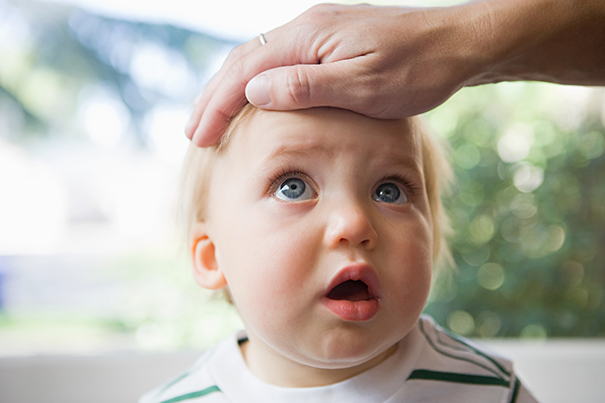
Roseola Infantil Senales Sintomas Y Tratamientos Pampers
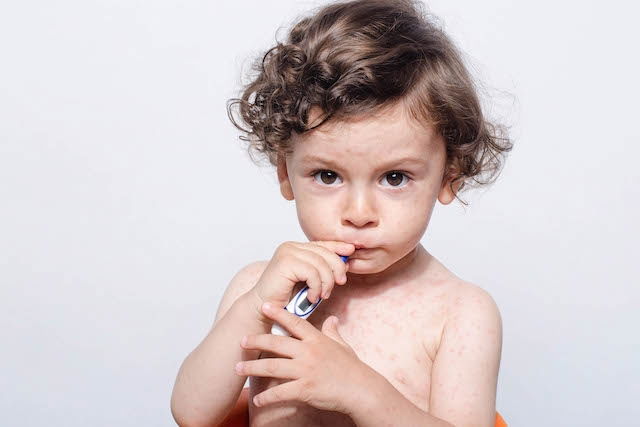
Roseola Infantil Sintomas Contagio E Como Tratar Tua Saude
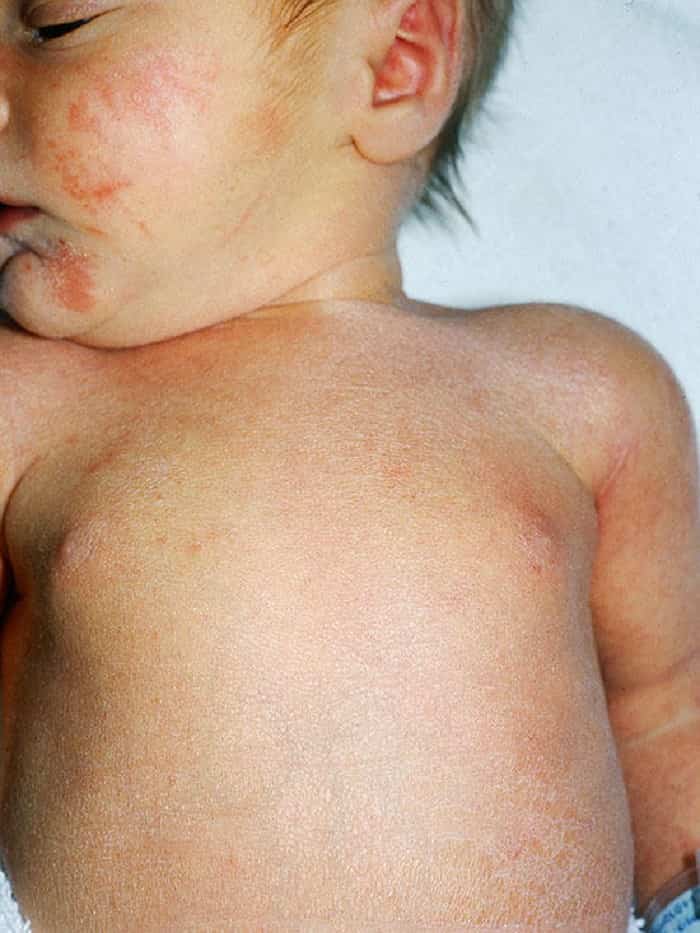
Enfermedad Roseola En Bebes Significado Sintomatologia Y Curacion

Roseola Infantil Pais Pediatras

Sexta Enfermedad Club Octubre 16 Babycenter
Www Dive Sc Gov Br Conteudos Publicacoes Exantemas Miolo Visualizacao Pdf

Roseola Symptoms And Causes Mayo Clinic
Www Areasaludbadajoz Com Images Datos Docencia E Investigacion Exantemas Pediatria1 Pdf

Exantema Subito O Roseola Del Lactante Puleva Salud

Exantema Subito Sexta Enfermedad O Roseola Infantil Octavio Roman
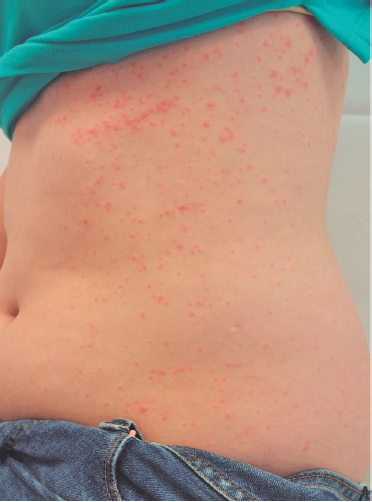
Exantemas En Pediatria
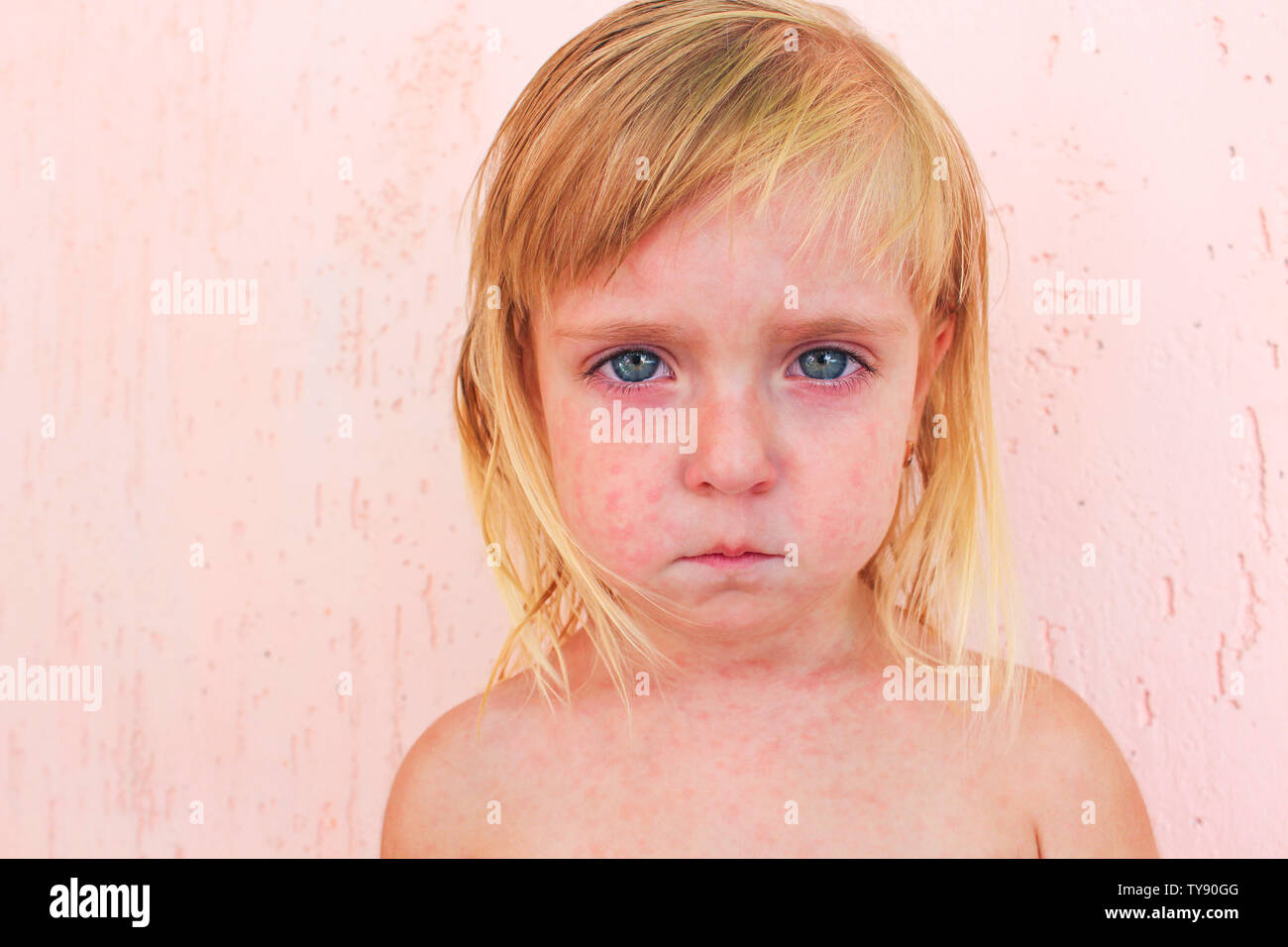
Roseola Fotos E Imagenes De Stock Alamy

Dr Alejandro Rios Pediatria Y Nutricion Tips De Pediatria Enfermedades Comunes En Los Ninos Roseola Ojo Hemos Visto Muchos Casos De Roseola En Estos Dias Aqui Te Decimos De Que Trata
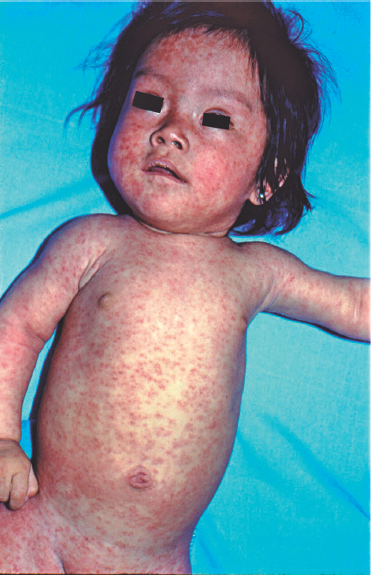
Exantemas En Pediatria

Roseola Definition And Synonyms Of Roseola In The Spanish Dictionary
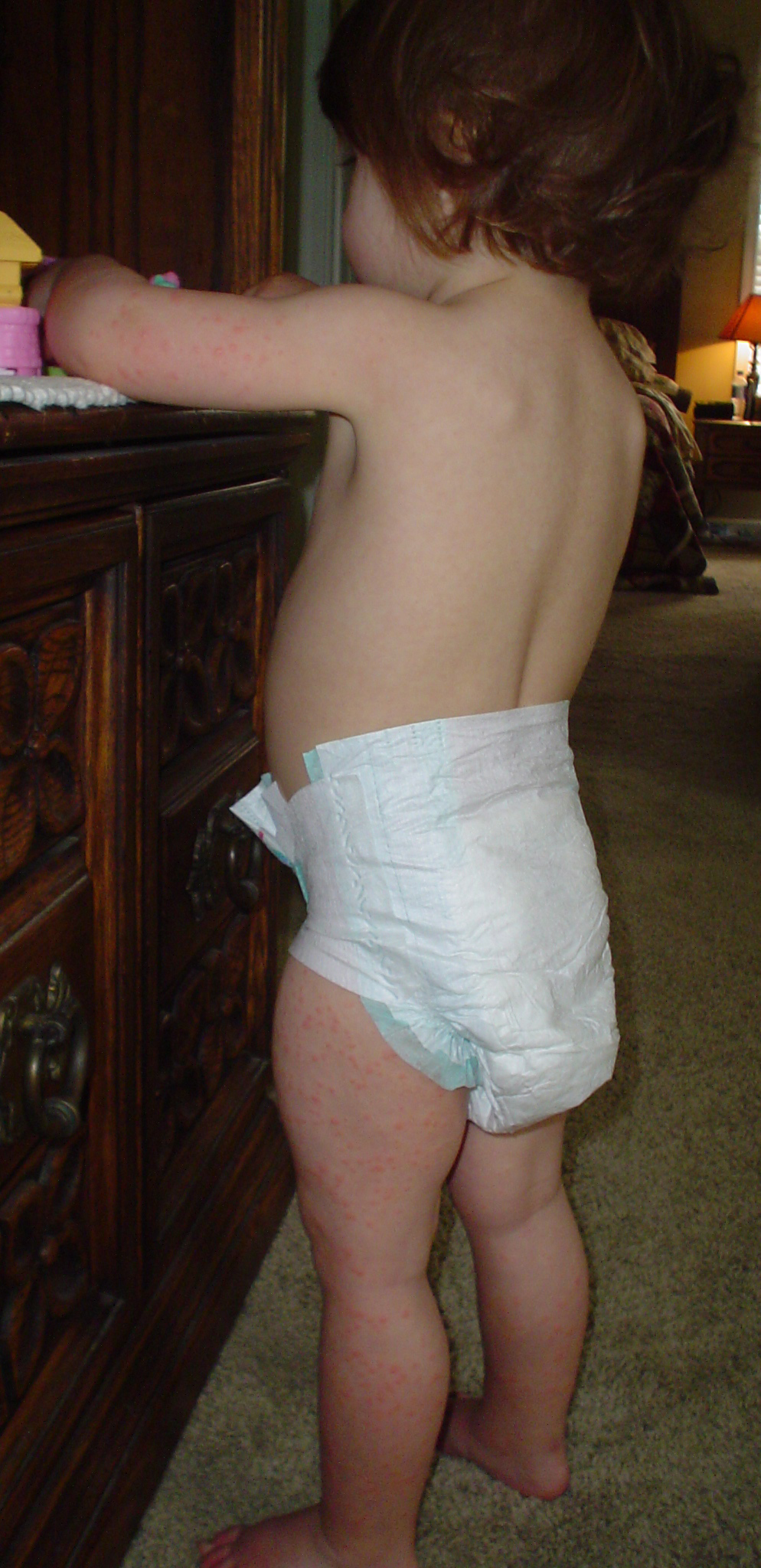
Roseola Wikipedia
Q Tbn And9gcrlbzqon3caaneins1zu7 V Dgg6bc7oxubkjkzspfhkhjfc7ub Usqp Cau

Roseola Exantema Subito Sintomas E Tratamento Md Saude
Q Tbn And9gcsrlblxqwi5y5zexreg Nn4lwkkfka5lj6qnfyk0kuc3dmh1bia Usqp Cau

Roseola Infantil O Sexta Enfermedad Club Familias

Exantema Subito O Roseola

Roseola Infantil Senales Sintomas Y Tratamientos Pampers

Cuales Son Las Complicaciones De La Roseola Y Como Prevenirla Mejor Con Salud

Eritema Infeccioso Problemas De Saude Infantil Manual Msd Versao Saude Para A Familia

Quais As Diferencas Entre Sarampo Catapora E Rubeola Blog Hilab

Exantema Subito Dr Roberto Cooper

Como Saber Si Tu Bebe Tiene Roseola Fotos Babycenter

Roseola Exantema Subito Sintomas E Tratamento Md Saude

Exantema Subito O Roseola

Sabe O Que E A Roseola As Delicias Do Dudu
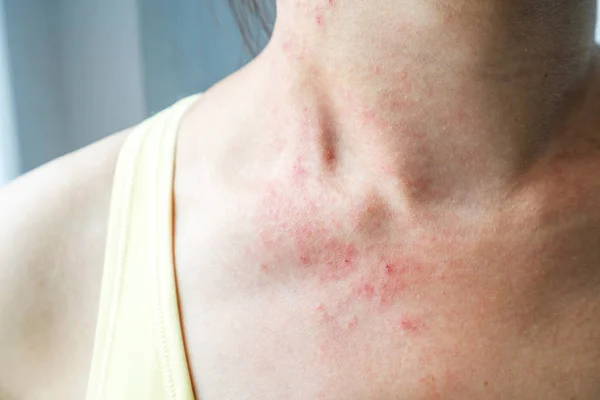
Imagens De Roseola Fotografias De Stock Roseola Depositphotos
Q Tbn And9gcrcqi 1mjfag1bcorbifzln4z9bd9m5zl1yidthibdr2uux0t41 Usqp Cau
Q Tbn And9gcrrvy Qpznb Hnc80o8md7trnfxhhivex 0yoxwqhnzmzwcvrfe Usqp Cau

Roseola Infantil Voce Sabe Identificar Trocando Fraldas

Roseola Instagram Posts Gramho Com

Exantema Subito Roseola Infantil O Sexta Enfermedad Faros Hsjbcn

Rubeola Pediatria Manual Merck Version Para Profesionales

Diagnostico Diferencial De Los Exantemas

Diagnostico Diferencial De Los Exantemas

Roseola En Bebes Y Ninos Pequenos Que Es Sintomas Y Tratamiento

Roseola Mae Atual

Roseola Infantil Eres Mama

Pin En Temas De Ninos

Sintesis Med Uchile Cl Exantemas

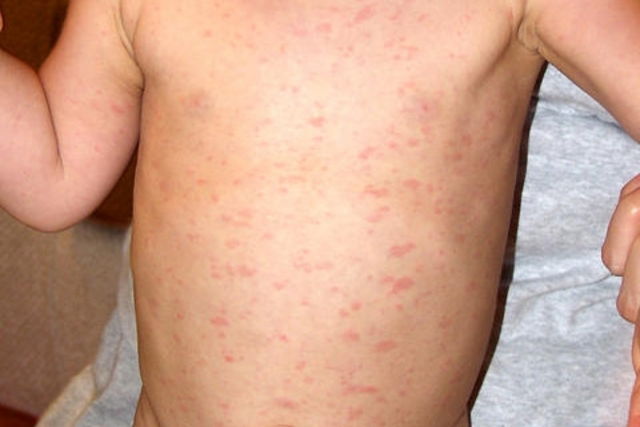
Roseola Infantil Sintomas Contagio E Como Tratar Tua Saude

Roseola Em Bebes Babycenter

Roseola O Exantema Subito Que Es Y Causas Bebes Y Ninos

Exantema Subito O Roseola Infantil

Roseola En Ninos Pequenos Causas Sintomas Y Tratamiento
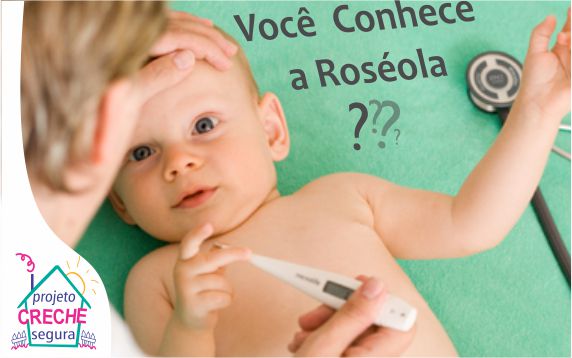
Voce Conhece A Roseola Creche Segura

Roseola Tudo Sobre A Doenca Revista Crescer Saude

Imagens De Roseola Fotografias De Stock Roseola Depositphotos

Diagnostico Diferencial De Los Exantemas

Como Saber Si Tu Bebe Tiene Roseola Fotos Babycenter

Roseola Desconhecida Que Preocupa Os Pais
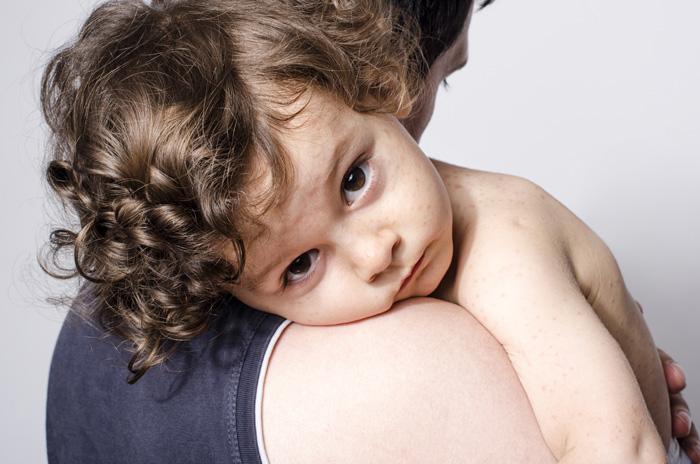
Roseola Infantil O Sexta Enfermedad Club Familias

Roseola Infeccao Comum Em Criancas Blog Dr Consulta

O Que E Exantema Subito Ou Roseola Mae De Guri

O Que E Roseola

La Roseola Que Es

Quais Sao As Complicacoes Da Roseola E Como Evita La Noticias De Saude
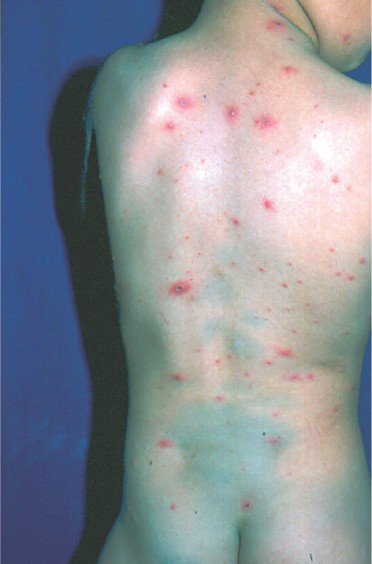
Exantemas En Pediatria
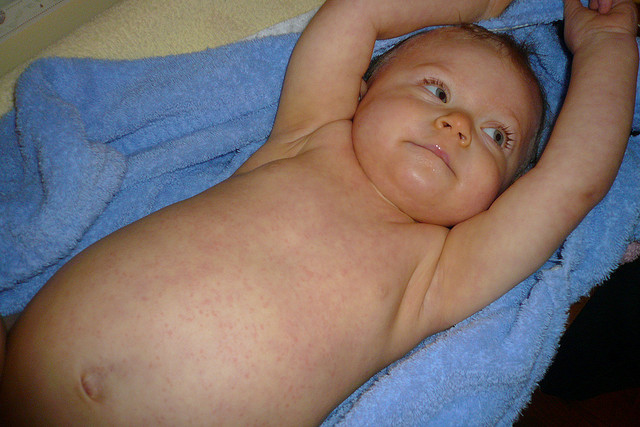
Roseola Infantil Voce Sabe Identificar Famivita Pt

Exantema Subito Que Es Lucia Mi Pediatra
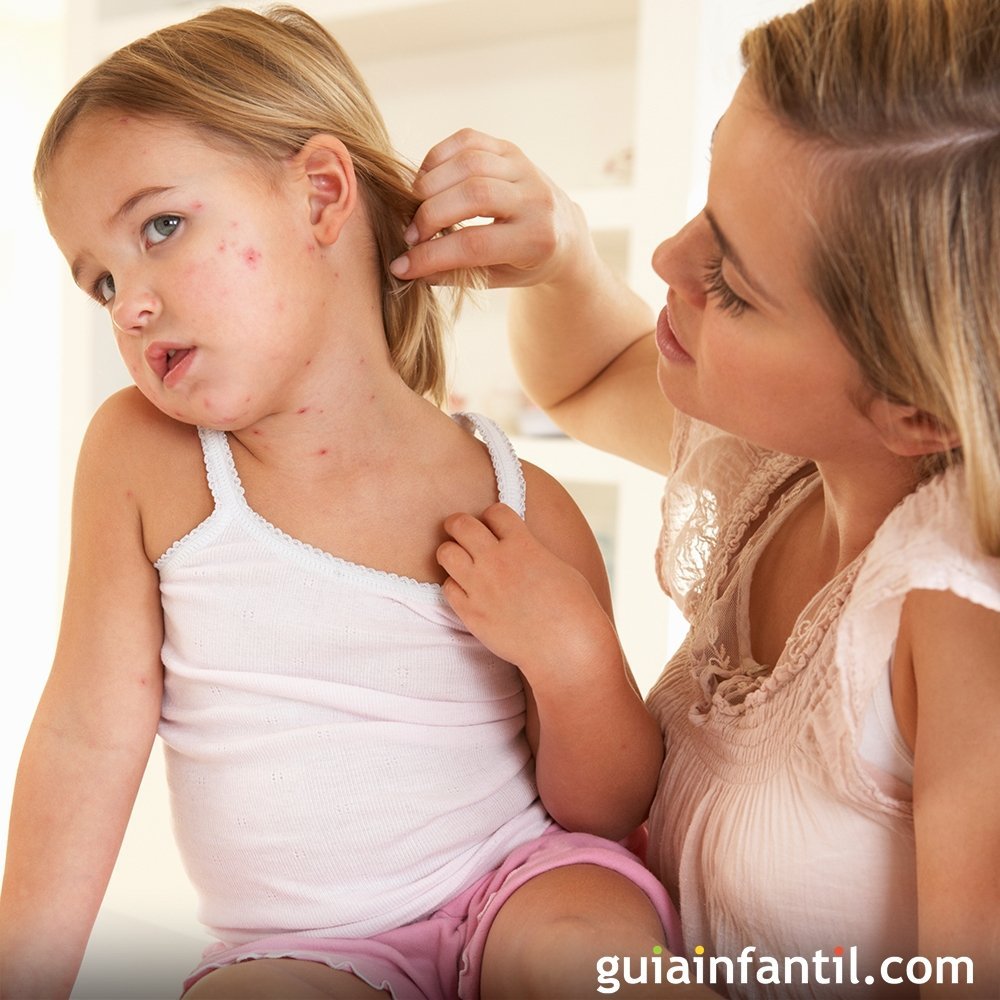
Exantema Virico En Los Ninos
Http Www Healthlinkbc Ca Healthfiles Bilingua Spanish Hfile S Pdf
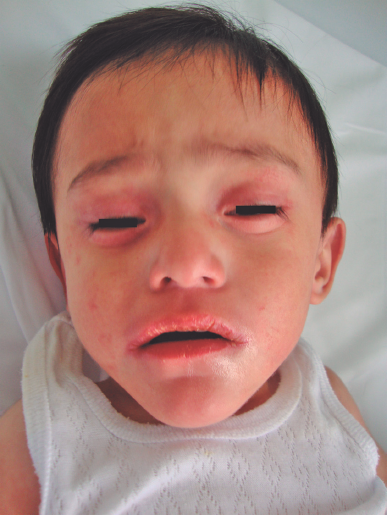
Exantemas En Pediatria
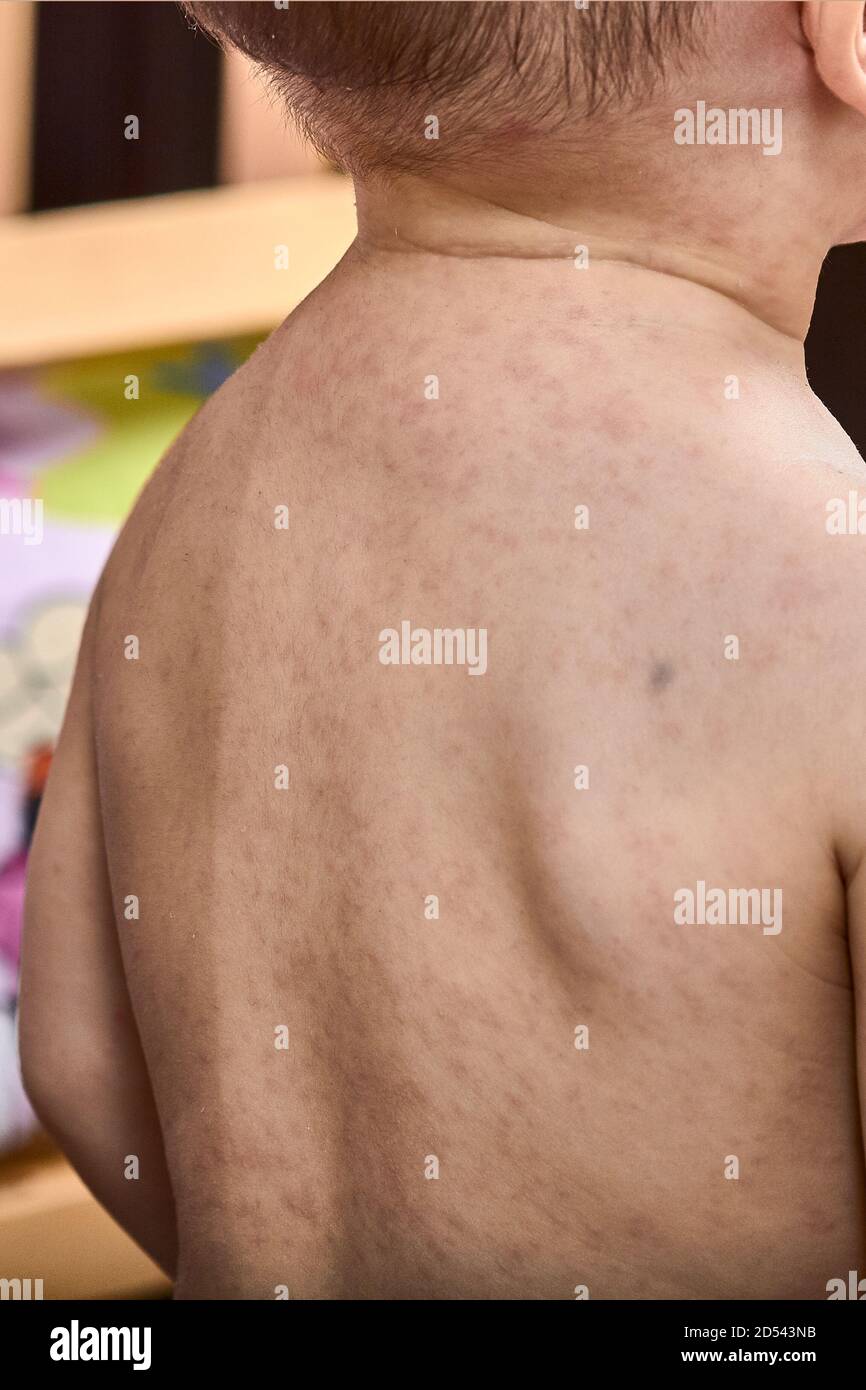
Roseola Fotos E Imagenes De Stock Alamy

Roseola Infantil Salud Infantil Manuale Merck Version Para El Publico General
Kingcounty Gov Depts Health Child Teen Health Child Care Health Media Depts Health Child Teen Health Child Care Health Documents Letters Roseola Facts For Families Sp Ashx

Diagnostico Diferencial De Los Exantemas

Diagnostico De La Roseola

La Roseola Que Es

Pediatria Y Familia Photos Facebook
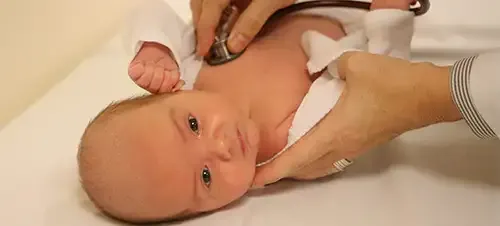
Exantema Subito Roseola Infantil O Sexta Enfermedad

Roseola Infantil Eres Mama
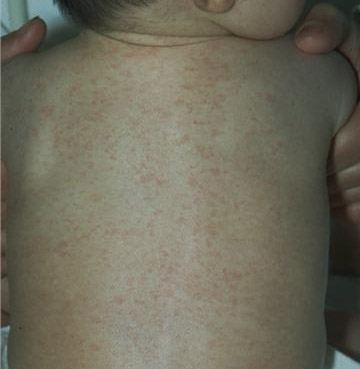
Doencas Exantematicas Na Infancia Dos Sintomas Ao Diagnostico E Tratamento Medicinanet

Sera Roseola Marco De 15 Babycenter

Roseola Exantema Subito Drauzio Varella Drauzio Varella
Http Sisbib Unmsm Edu Pe Bvrevistas Dermatologia V18 N2 Pdf A02v18n2 Pdf

La Enfermedad De La Bofetada O El Eritema Infeccioso Todo Sobre Su Contagio Sintomas Y Tratamiento

Roseola En Bebes Y Ninos Pequenos Que Es Sintomas Y Tratamiento

Diagnostico Diferencial De Los Exantemas

Roseola Em Bebes Sinais E Sintomas Youtube

Roseola En Bebes Y Ninos Pequenos Que Es Sintomas Y Tratamiento

Exantema Subito Enfamilia

Roseola Instagram Posts Gramho Com
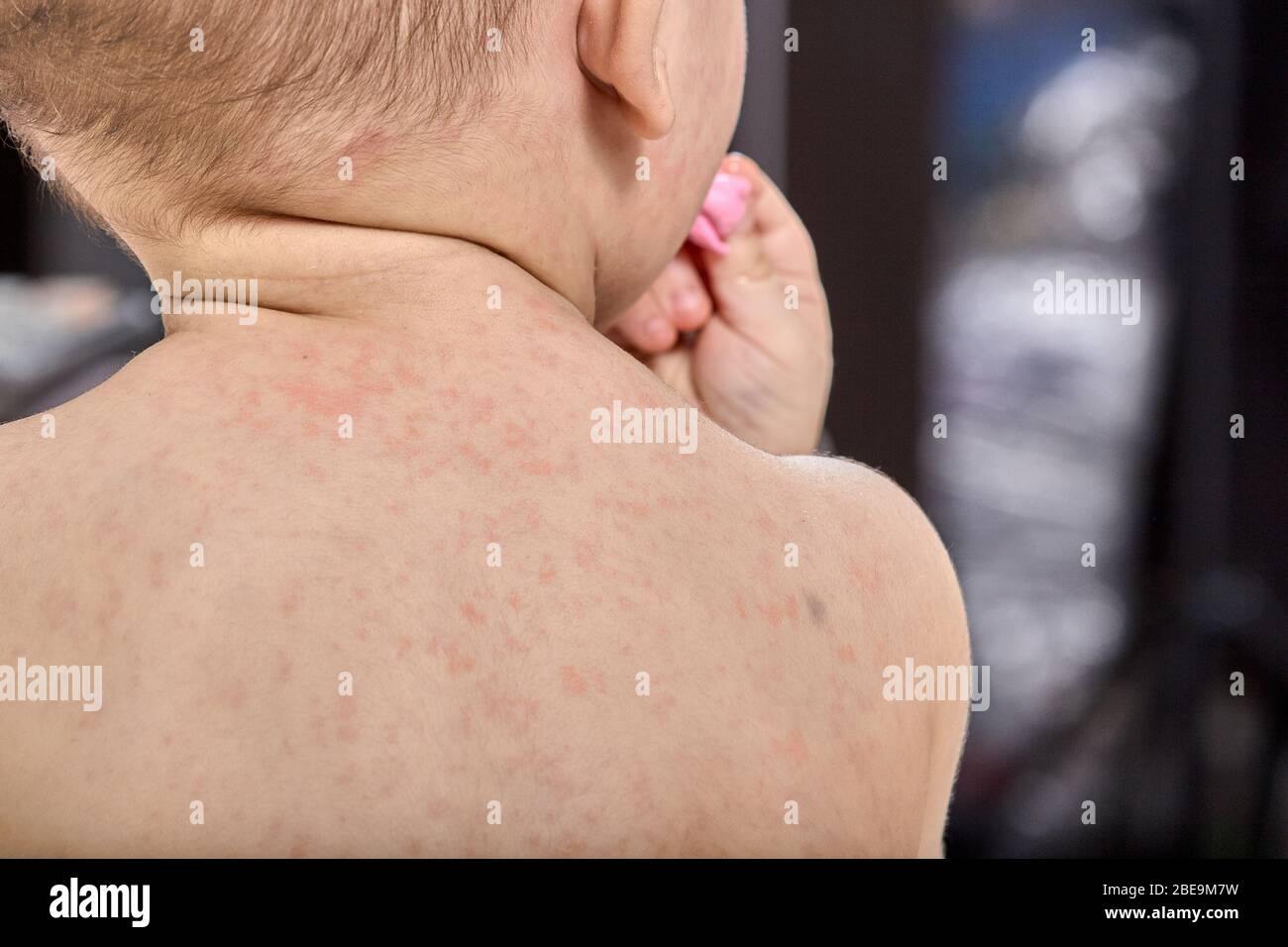
Roseola Fotos E Imagenes De Stock Alamy
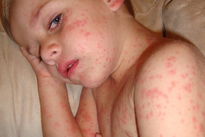
Roseola Infantil Sintomas Contagio E Como Tratar Tua Saude
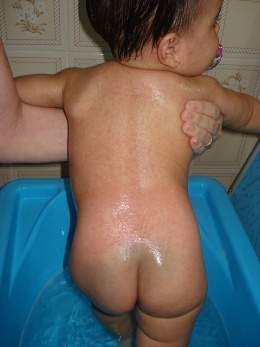
Roseola Infantil Ecured

Sintomas Y Complicaciones Del Sarampion Cdc

Sintomas Y Complicaciones Del Sarampion Cdc

Roseola Definition And Synonyms Of Roseola In The Spanish Dictionary

Enfermedad Roseola En Bebes Significado Sintomatologia Y Curacion
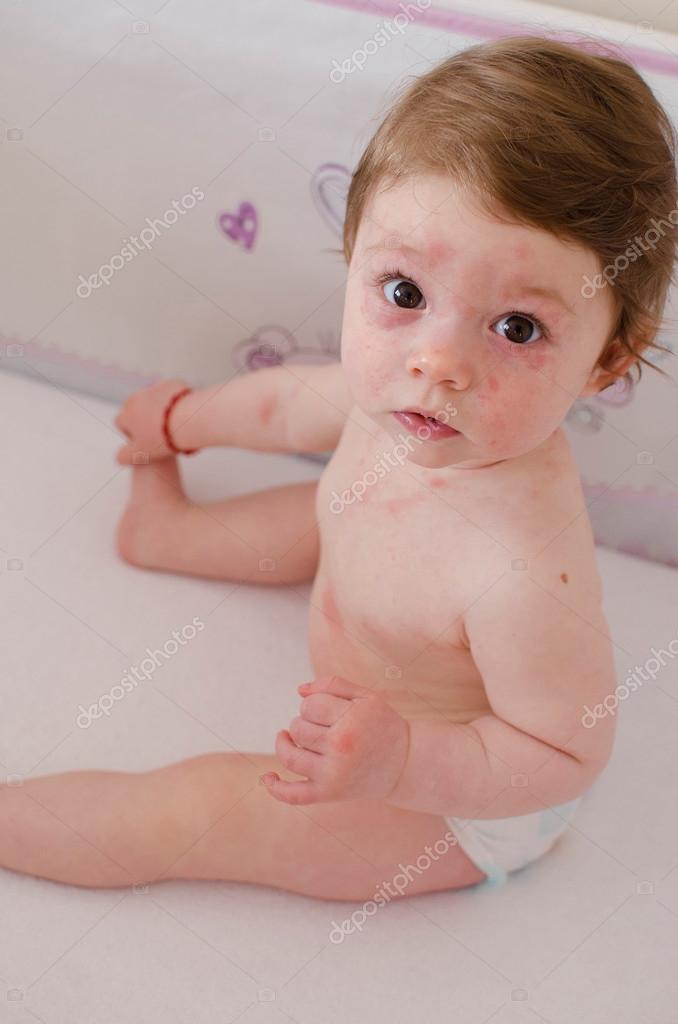
Imagens De Roseola Fotografias De Stock Roseola Depositphotos
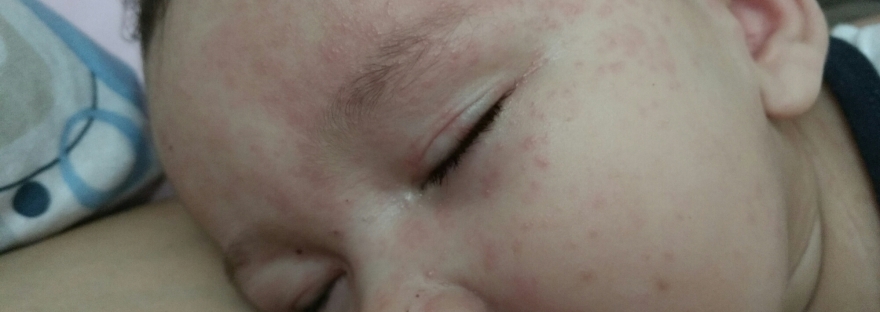
Roseola Infantil Pode Acontecer Mais De Uma Vez Anne Moura

Sintesis Med Uchile Cl Sintesis Med Uchile Cl



